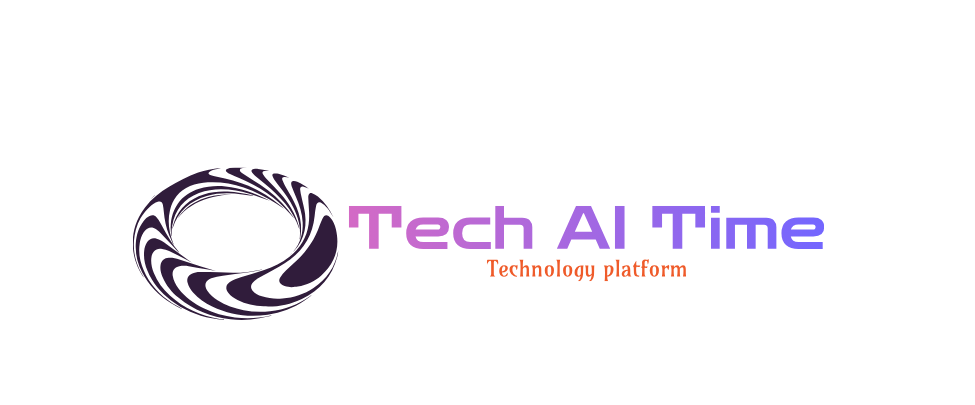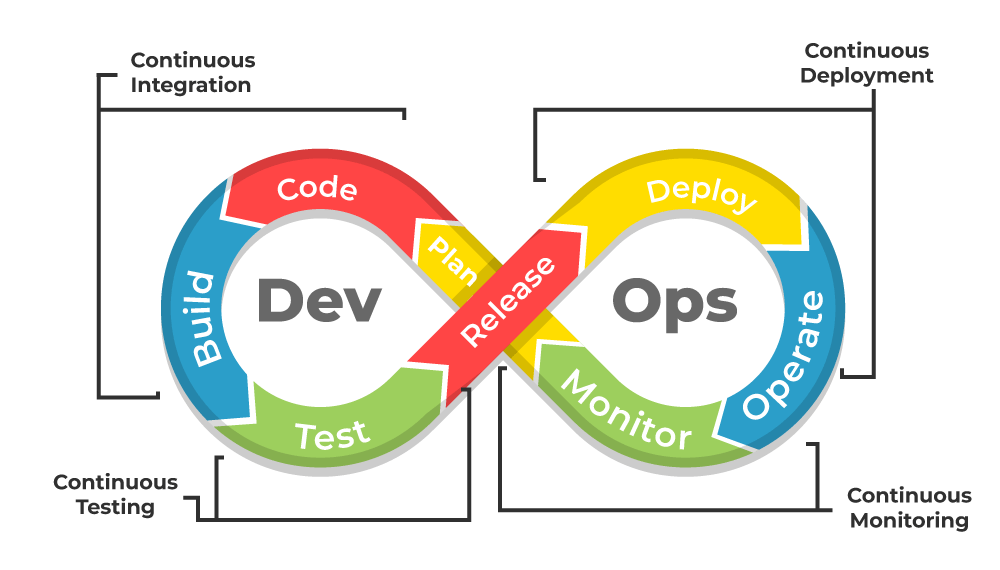What is the best way for companies to provide software with lightning-fast speed and maintain high-quality and dependability? This is often the case with DevOps’s design. This isn’t just a fashion and a paradigm shift that’s revolutionized our thinking about the operations and development.
What is DevOps Architecture?
In its essence, DevOps can be recounted as a process which helps bridge the gap between the development as well as operations Teams. Its aim is easy but effective: accelerate the lifecycle of software development as well as improve cooperation and quality.
The traditional workflows were often plagued by the silos of development teams who would pass their software to the operations team and this could result in miscommunication as well as delays, mistakes, and errors. DevOps removes the silos of these processes through fostering a culture of collaboration by leveraging automation, as well as making sure that feedback loops are continuous.
The Key Stages of DevOps Architecture
DevOps structure streamlines workflows using eight stages interconnected to increase efficiency
- plan The first step is to establish the project’s objectives and needs. In close collaboration with all stakeholders, make a road map.
- Coding Utilize the correct tools to write simple, reliable code. Keep a shared repository of all contributions.
- Builder Builds and tests on an open repository in order to spot the issues earlier.
- Check Test HTML0: Automate the testing, thereby increasing the speed and precision of testing. It ensures that the code is in good shape for production.
- release: Let the software in a controlled environment and preparing the product for its deployment.
- Install It is easy to deploy the software into production, while ensuring its accessibility and accessibility.
- Operate collect feedback from the users and grow the platform according to needs.
- Monitoring Monitor continuously performances and tackle issues in a proactive manner.
They form a constant loop that ensures that the process of development and delivery continue to improve.
Why DevOps is Transformative
Are businesses more likely to adopt DevOps? In simple terms, it solves many of the current biggest problems in the field of software development.
Benefits at a Glance
- Collaboration eliminates the silos in a team and encourages collaboration between teams.
- Automatization can reduce labor-intensive tasks and increases the timeline of projects.
- Speedier delivery Increases the speed of delivery through reducing time taken from the creation of code to its deployment.
- Quality Assurance Advanced testing enhances the quality of products.
- user-centric Design Constant feedback makes sure that the final product will meet the requirements of the user.
- Cost optimization Limits costs incurred due to mistakes or inefficiencies.
An excellent example is the application of DevOps within healthcare. Through integrating compliance and security right from the beginning Healthcare companies are able to create HIPAA-compliant applications with less challenges, which means they can deliver high-quality solutions more quickly.
Principles That Define DevOps Architecture
In order to successfully adopt DevOps the teams need to adhere to the fundamental principles. The principles that guide workflows align to DevOps’ user-centric and collaborative philosophy.
-
Collaboration
DevOps excels at breaking down barriers between departments. Teams from operations and development are in sync through the entire lifecycle of a project to ensure transparency, accountability as well as seamless execution.
-
Automation
Automation is among DevOps principal principles. Automating repetitive activities like testing, deploying and analyzing. Beyond that, automation reduces mistakes and allows for scalability.
-
Regular Improvement
Regular reviewing workflows will ensure faster execution and better quality outputs. Teams make incremental adjustments in order to improve and evolve without wasting resources.
-
User-Centered Design
Effective projects place a high value on the needs of users. Incorporating feedback from the customer in every step, DevOps ensures that the end product is in line with current demands and requirements.
Building a DevOps Architecture
The creation of the DevOps architecture framework demands an organized plan and proper tools. Though customization is required for all organizations certain best practices provide the base of an effective implementation.
Define Your Objectives
What is the reason your company requires DevOps? Determine the main pain points and objectives, whether it’s speedier updates, more collaboration or lower expenses. Your goals will define the design of your architecture.
Integrate the Right Tools
The tools you pick could be the difference between success and failure for the DevOps framework. Based on the needs of your company the tools you choose could include:
- Tools for CI/CD such as Jenkins and AWS CodePipeline for automating tests and deployments.
- Monitoring tools like Grafana or Prometheus to ensure an observability.
- Containerization tools such as Docker and Kubernetes for agility and flexibility.
- infrastructure as Code (IaC) Tools such as Terraform or Ansible to make infrastructure provisioning easier.
Adopt Automation
Automate all aspects of integration, from testing and even deployment. Automating not only reduces time, it also assures an error-free and consistent delivery.
Leverage Microservices
The breaking up of applications into microservices allows an independent scale and update. Teams are able to innovate and implement adjustments without disrupting the software.
Develop with Scalability in mind
DevOps prioritizes scalability. Plan your system to accommodate ever-changing demands from users. This will ensure that your apps grow in size without impacting performance.
Ensure Continuous Monitoring
Visibility from end to end is vital for DevOps. Monitoring tools allow teams to observe performance, detect mistakes, and monitor the health of systems in real time.
DevOps Tools to Power Your Workflow
Selecting the appropriate tools is essential for DevOps achievement. A few of the most well-known options are:
- Docker (Containerization): Create lightweight and mobile containers.
- Kubernetes (Orchestration): to manage containersized applications on a the scale of.
- Jenkins (CI/CD): to automatize software build and deployments.
- Terraform (IaC): In order to manage and define infrastructure effectively.
- Grafana (Monitoring) to visualize and track application metrics.
Each tool performs a particular function in constructing a strong effective, efficient, and flexible structure.
Implementing DevOps Architecture in Your Organization
Although the techniques and tools of DevOps can be helpful however, the cultural shift is essential. Here are some suggestions for facilitating the change:
-
Promote a Collaborative Culture
Inspire teams to share their insights and collaborate. Make use of tools like Slack as well as Microsoft Teams to improve communication.
-
Start Small
Beginning with installing DevOps in a single instance. Learn from the experience to increase the scale of DevOps to different teams.
-
Invest in Training
Your team should be equipped with information of DevOps concepts, methods as well as instruments.
-
Join Experts
Think about employing DevOps consultants who can provide direct guidance to help you speed up your process.
-
Track Metrics
Create specific KPIs (key performance indicators) to gauge performance, like the speed of deployment, the density of defects as well as customer satisfaction.
Why Businesses Can’t Ignore DevOps
DevOps isn’t a mere method to implement, but an edge in the market. Businesses that incorporate DevOps experience faster delivery of software more collaboration and superior user experiences. In bringing together developers, operations as well as automation tools DevOps is the new standard for software engineering.
Read Also:- iot-hidden-menu



